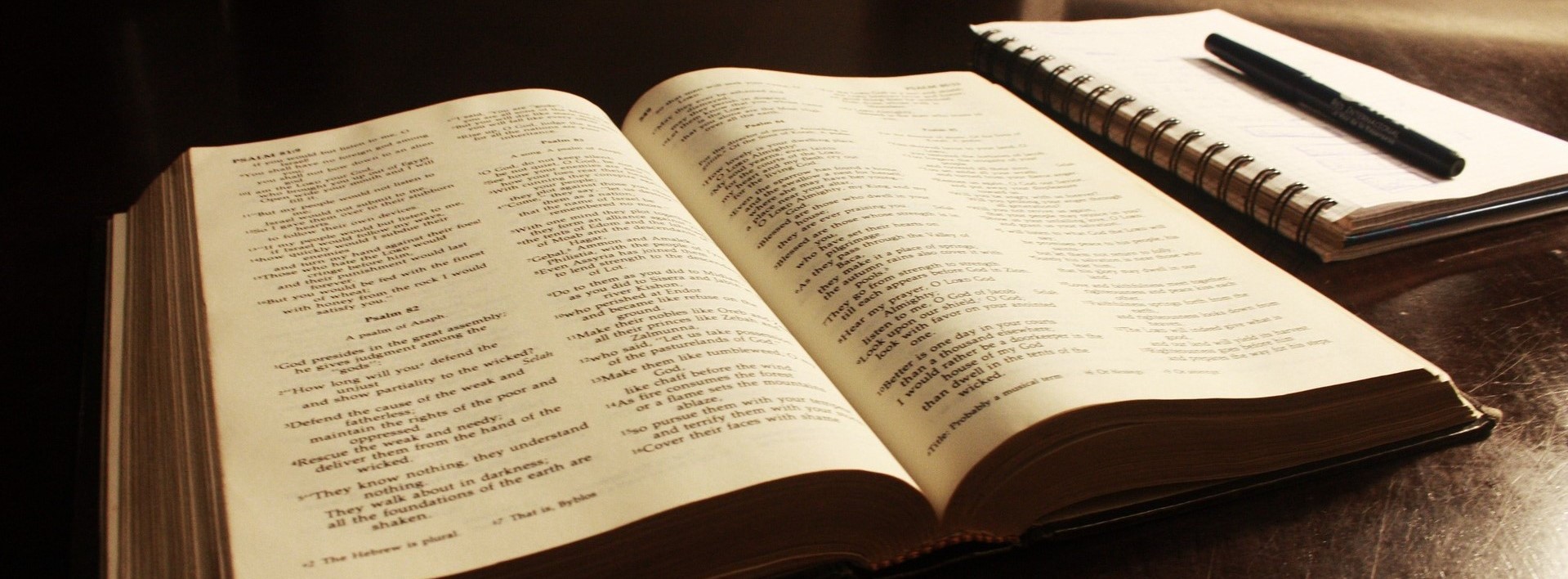Publication Date
Winter 2008
Document Type
Article
Disciplines
Biblical Studies | Comparative Methodologies and Theories | Ethics in Religion | History of Religions of Eastern Origins | History of Religions of Western Origin | Other Religion | Religion | Religious Thought, Theology and Philosophy of Religion
Abstract
Part 6 of Dale Allison's volume, Resurrecting Jesus: The Earliest Christian Tradition and its Interpreters, is a rare, balanced mixture of mature skepticism with a healthy respect for the relevant historical and theological data. Perhaps not since Peter Carnley's The Structure a/Resurrection Belief has there been another work on the resurrection that weaves together these contrasting elements. Yet, not only do these two texts present very different perspectives, but Allison's exhibits a far greater command of the germane historical issues, both skeptical alternative responses as well as what can be concluded from the relevant New Testament texts. Along the way, he weaves an intriguing as well as challenging discussion of the phenomenon of apparitions of the dead.
In this paper, I wish to respond specifically to Allison's suggested alternative scenarios to the traditional approach to Jesus's resurrection. Are there viable options for explaining the supernatural elements claimed by the New Testament accounts?
Recommended Citation
Habermas, Gary R., "Dale Allison’s Resurrection Skepticism: A Critique" (2008). Liberty Baptist Theological Seminary (1973-2015). 342.
https://digitalcommons.liberty.edu/lts_fac_pubs/342
Included in
Biblical Studies Commons, Comparative Methodologies and Theories Commons, Ethics in Religion Commons, History of Religions of Eastern Origins Commons, History of Religions of Western Origin Commons, Other Religion Commons, Religious Thought, Theology and Philosophy of Religion Commons




Comments
Published in Philosophia Christi 10: 2, 303-313, 2008. Permission has been granted by the Editor of Philosophia Christi (http://www.epsociety.org/philchristi) to upload this contribution to Liberty University’s scholarly repository. All Rights Secured. No copy of this file may be sold or reprinted in whole or in part. To purchase the entire journal issue that contains this contribution, please visit the website of the Evangelical Philosophical Society (http://epsociety.org/philchristi/past-issues.asp).